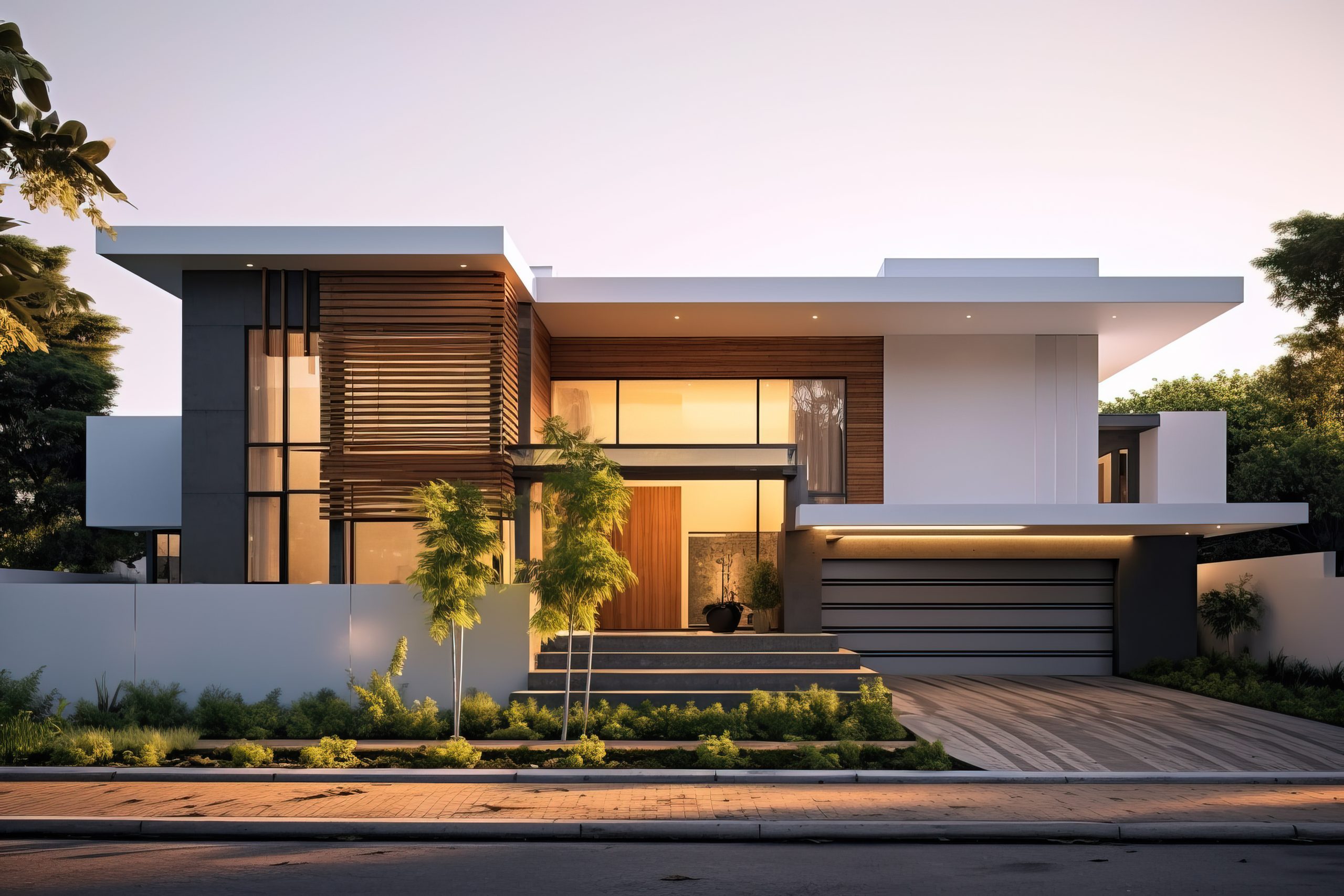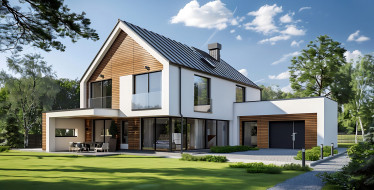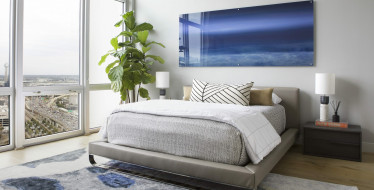In an era where environmental consciousness is becoming increasingly important, sustainable design is no longer just a trend but a responsible way of living. Your home is a canvas for creating a sustainable and eco-friendly living space that not only reduces your carbon footprint but also enhances your quality of life. Whether you are looking for simple ways to become more sustainable or for more extensive options, let’s explore various ideas to help you upgrade your home with sustainable design.

- Energy-Efficient Appliances
One of the most impactful ways to make your home more sustainable is by updating your kitchen appliances. Old appliances can be energy vampires, consuming excessive electricity and water. Replace them with Energy Star-rated appliances that are designed to be energy-efficient. Look for models that have advanced features such as programmable timers, smart technology, and improved insulation. Energy-efficient appliances not only save you money on utility bills but also reduce greenhouse gas emissions. Don’t know where to start your search? Check out our post on Appliance Trends in Luxury Kitchens.
- Tankless Water Heater
Traditional water heaters store and heat water continuously, leading to energy wastage. Switching to a tankless water heater is a sustainable solution. Tankless heaters only heat water when needed, reducing standby energy loss. This not only conserves energy but also ensures you have an endless supply of hot water. Moreover, tankless water heaters have a longer lifespan than traditional ones, reducing the need for replacements.
- LED Lighting
LED (Light Emitting Diode) lighting is a small change that can make a big difference in your home’s sustainability. LEDs are highly energy-efficient, lasting up to 25 times longer than traditional incandescent bulbs while using significantly less energy. You can install LED bulbs in all areas of your home, from your kitchen to your outdoor lighting, reducing your electricity consumption and cutting down on maintenance costs.
- Solar Panels
Harnessing the power of the sun is a powerful way to reduce your reliance on fossil fuels and lower your energy bills. Installing solar panels on your roof or in your yard can provide you with a sustainable source of electricity. Solar energy is clean, renewable, and reduces your carbon footprint. Many regions also offer incentives and tax credits for homeowners who invest in solar panels, making it an economically attractive option in the long run. Forbes posted a great article about the incentives for Texans installing solar panels.
- Sustainable Landscaping
The exterior of your home also plays a significant role in sustainable design. Consider upgrading your landscaping to include indigenous plants that require less water and maintenance. Native plants are adapted to the local climate and soil conditions, reducing the need for irrigation and pesticides. Create rain gardens and use permeable surfaces in your yard to help manage stormwater runoff, preventing soil erosion and pollution of nearby water bodies.
- Non-Plant Surfaces
Incorporate more non-plant surfaces into your landscaping design to minimize water usage. Use gravel, mulch, or hardscaping materials like stone and pavers for pathways and seating areas. These materials not only reduce water consumption but also add visual interest to your outdoor space. Additionally, permeable paving materials allow rainwater to seep into the ground, replenishing groundwater levels.
- Energy-Efficient Windows and Insulation
Improving your home’s insulation and using energy-efficient windows can significantly reduce your heating and cooling costs. Well-insulated walls, roofs, and floors keep your home comfortable year-round without excessive energy consumption. Double-glazed or low-emissivity windows can prevent heat loss during the winter and reduce heat gain during the summer.
- Smart Home Technology
Incorporating smart home technology can help you manage your energy consumption more effectively. Smart thermostats (like Nest), lighting systems, and smart appliances allow you to monitor and control your home’s energy usage remotely. You can optimize heating, cooling, and lighting schedules to reduce waste and lower your energy bills.
Maximizing your home’s potential with sustainable design not only benefits the environment but also enhances your home’s efficiency, comfort, and overall value. By making simple changes like upgrading appliances, installing solar panels, and using LED lighting, you can reduce your ecological footprint and enjoy long-term savings. Want to start small? Try using a VOC-free paint during your next project.









